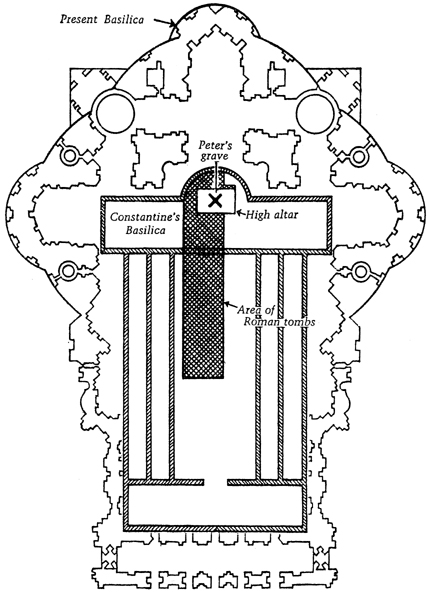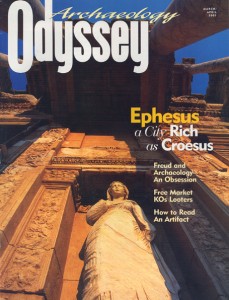Destinations: City of the Dead
A part-pagan, part-Christian necropolis lies directly beneath the altar of St. Peter’s Basilica.

After the death of Pope Pius XI in 1939, Vatican workmen digging a crypt for his internment made a remarkable discovery: a 2,000-year-old necropolis lay directly under the high altar of St. Peter’s Basilica. This mausoleum-filled city of the dead contained both pagan and Christian burials—including, many believe, the grave of the apostle Peter.
Just how St. Peter, born near the Sea of Galilee, came to Rome remains shrouded in mystery. In the Gospel of Matthew, Jesus tells his disciple, “Thou art Peter [from petra, meaning rock], and on this rock will I build my church” (16:18). After the crucifixion, Peter became an important leader of the Jesus movement. Little is known about his travels outside Palestine, although Paul says that Peter visited Antioch (Galatians 2:11–21). Several centuries later, the church father St. Jerome (c. 342–420 A.D.) recounted that Peter arrived in Rome in approximately 42 A.D. to preach the Christian message.
Already a library member? Log in here.
Institution user? Log in with your IP address.

